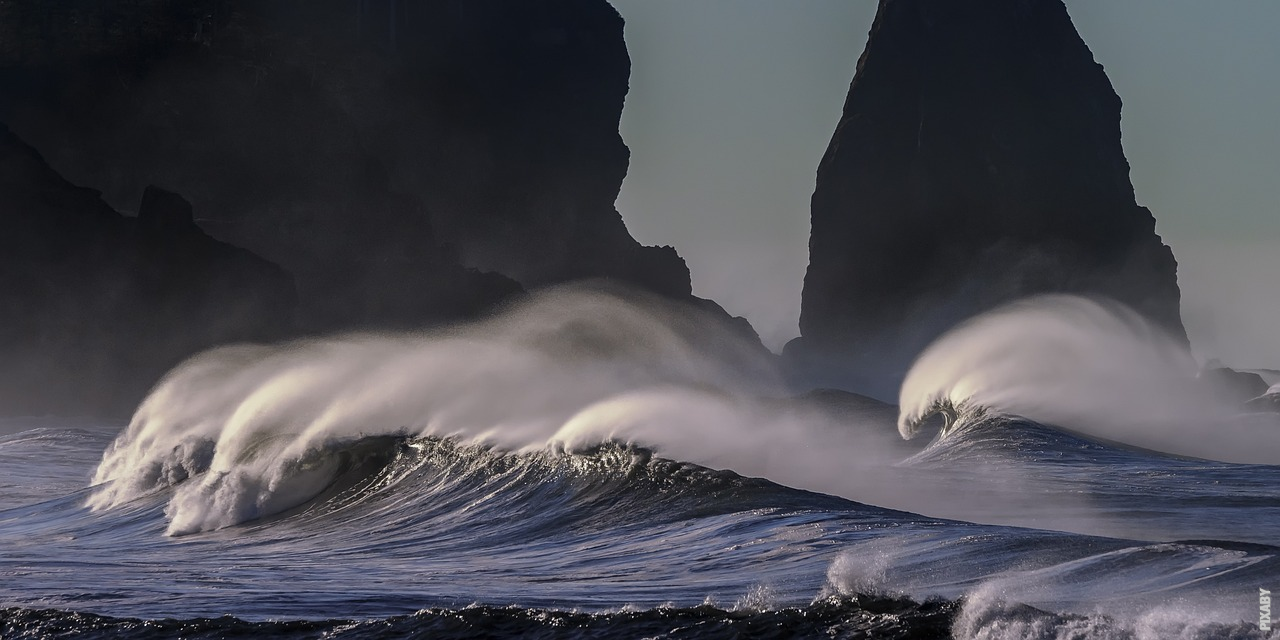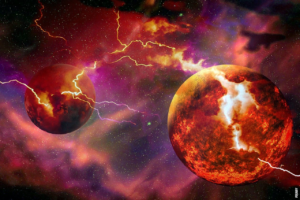The Wonder of Waves
Waves are one of nature’s most mesmerizing phenomena. From the gentle ripples lapping the shore to the mighty swells crashing against cliffs, they have captivated the human imagination for centuries. But have you ever wondered how these magnificent waves are formed?
The Forces at Play
At their core, waves are the result of the interplay between several forces: wind, gravity, and the shape of the ocean floor. Let’s dive deeper into each of these factors.
Whistle of the Wind
It all starts with the wind. As it blows across the surface of the water, it transfers energy to the ocean. The stronger the wind, the greater the transfer of energy. This energy creates ripples, which then evolve into waves.
The Pull of Gravity
Gravity plays a crucial role in wave formation. As the wind-generated waves travel across the ocean, gravity pulls them downward, causing them to gain momentum. This downward pull also causes the water particles to move in a circular motion, known as orbital motion, as the wave passes through.
The Shape of the Ocean Floor
The shape and composition of the ocean floor can dramatically influence wave behavior. When waves approach shallow water near the coast, the bottom of the wave starts to slow down due to the friction with the ocean floor. At the same time, the top of the wave continues moving at its original speed. This causes the wave to become steeper and eventually break, creating the crashing surf we often associate with the beach.
Post
Post
Types of Waves
There are various types of waves, each with its own characteristics. One of the most common types is called a wind wave, which is formed by the wind’s energy transfer. Tidal waves, on the other hand, are caused by the gravitational pull of the moon and the sun.
Wave Energy
Waves possess an incredible amount of energy, and humans have been harnessing this power for various purposes. Surfing, for instance, allows individuals to ride the energy of the waves for pure enjoyment. Additionally, wave energy converters have been developed to generate electricity from the kinetic energy of waves.
The Global Impact
Waves have a profound impact on our planet. They influence weather patterns, shape coastlines, and provide vital habitats for countless marine species. Moreover, waves play a crucial role in redistributing heat around the globe, helping to regulate Earth’s climate.
Conclusion
Next time you find yourself standing on a beach, gazing out at the endless expanse of the ocean, take a moment to appreciate the incredible journey that each wave has embarked upon. From the gentlest ripple to the mightiest swell, waves are a testament to the power and beauty of nature.



